As the Senate takes up the nomination of Congressman Mick Mulvaney (R-SC) to be the new Director of the Office of Management and Budget, the question is whether or not management issues in addition to budget issues will be front and center in a way that they have not been since 1993 when President Bill Clinton took office promising to “reinvent government.” (He gave the job to his Vice President, Al Gore who asked me to join him in figuring out how to do that.) Now, 24 years later, it is time to take a fresh look at government reform. In the interim both Presidents George W. Bush and Barack Obama continued modernizing the federal government but they both had more pressing issues: for Bush it was the war on terror, for Obama it was the economic crisis. Donald Trump comes to the presidency at a time of relative calm and prosperity—at least compared to his two predecessors—and with his business background he has the experience and the inclination to make government reform centerpiece of his presidency.
There are three ways to approach reform. The first is to focus on governmental systems that cut across all departments and agencies, such as rules for hiring personnel, buying products, raising revenue, budgeting etc. The second is to focus on individual operations of government: sending out social security checks, landing airplanes safely, tracking down fruit and vegetables that cause disease outbreaks, investigating gun crimes, etc. The third approach to reform is to ask some big questions about what the government should or should not be doing in the 21st century.
All three of these things are important aspects of a comprehensive approach to government reform. The first two require significant management expertise and the third requires significant political will.
In the first category are reforms generally referred to as “cross cutting” because they apply to all parts of the government. For instance, our federal budget process has not been reformed since 1974. In the meantime a new type of budgeting has emerged: the enactment of tax expenditures. These have been implemented through tax law—namely, the internal revenue code—and stand completely outside of the budget process.
In the past two decades more and more government functions are being done under contract by non-governmental employees. Much of this has been driven by ideology, not by what is cost effective and right for citizens. The belief of so many Republican presidents that business always does it better can be tested through rigorous evaluation and benchmarking. It’s time to ask what makes sense in federal contracting and what is “inherently governmental.”
The civil service was built for a government of clerks, not for a government of professionals. It cannot compete for the talent it needs in today’s marketplace. We have been pennywise and pound foolish when it comes to the civil service. It is time to “normalize” the federal civil service so that it more closely resembles the overall labor market. Across the board hiring freezes in the absence of an overall management reform plan are useless and only cause problems for the government functions that everyone counts on.
The federal regulatory system is obsolete and cannot keep up with the pace of change going on in many sectors of the American economy. This is especially evident in the sectors of the economy that are undergoing rapid technological change such as the creation of new pharmaceuticals.
OMB and CBO (the Congressional Budget Office), the mandarins of the federal fiscal system, have a consensus on a set of scoring rules that from time to time cause irrational spending decisions on the part of the federal government. It is time to revisit the scoring rules that dictate so much about federal legislation.
For too many years we have passed bills and appropriated money for policies without paying any attention to whether they work. Every policy passed should have built into it a method of evaluation and a reasonable end date if the policy doesn’t produce the results intended.
The second category of government reform focuses on individual operations of government.
A new president and his team need to scan the horizon of the federal government in order to see where the problems are and where the opportunities are. An exercise like this might have saved the Obama Administration the embarrassment of the scandal at Veteran’s Affairs or prompted the George W. Bush Administration to see the signs of strain in the banking system and take action before the economic meltdown. Where operational problems exist and are identified early, private sector experience and benchmarking can yield big and important results. But this is an agency-by-agency exercise that often faces not just bureaucratic but congressional resistance. The more a White House delves into dysfunction the more you realize that sometimes powerful groups are making money off the dysfunction and they don’t want it fixed.
The third category of government reform—asking what the government should and should not be doing—is by far and away the most difficult; but for a president and political party pledged to shrink the government it is the most important. For instance, should the federal government be involved in housing policy or is this a question best left to states and localities? Nothing is more damaging to the management of government than across-the-board spending cuts or across-the-board personnel cuts in the absence of an overall plan. In fact, in some areas saving taxpayer money might mean hiring more, not fewer, federal workers. For instance, fraud is a constant problem in the Medicare program and in the disability program but to uncover it means hiring more investigators—not fewer. In other areas, personnel shortages cause citizen outrage and economic loss such as when there are not enough air traffic controllers to keep the country moving. Shrinking everything equally means that the parts of the government that everyone values are made as dysfunctional as the parts of the government that we could do without, meaningfully scale back, or give back to states and localities.
In 2016 the public delivered both the presidency and Congress to Republicans. For the foreseeable future, Republicans can’t blame the size of government on Democrats. Unless they start making the hard choices about what to cut and what not to cut, they face two equally unpalatable choices: 1) fail to make progress in the overall size of government or 2) create havoc and a lack of service in the parts of government everyone, regardless of political philosophy, wants and needs to work well.
The Brookings Institution is committed to quality, independence, and impact.
We are supported by a diverse array of funders. In line with our values and policies, each Brookings publication represents the sole views of its author(s).

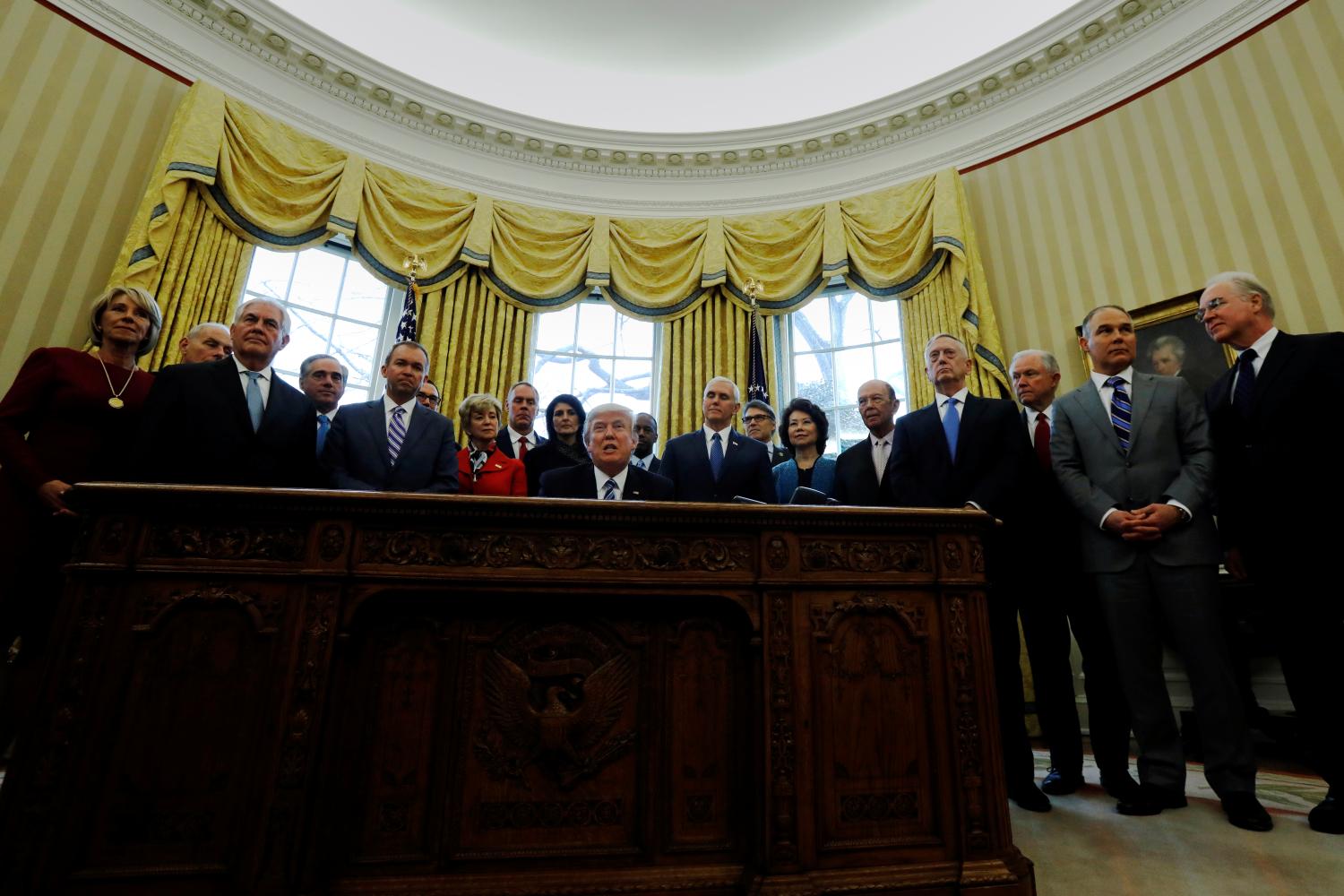
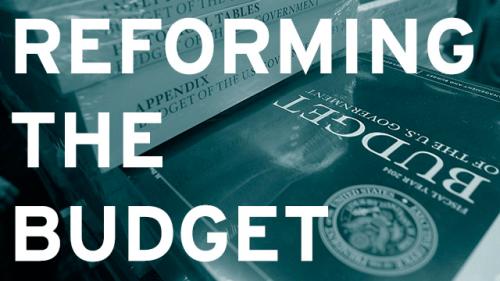
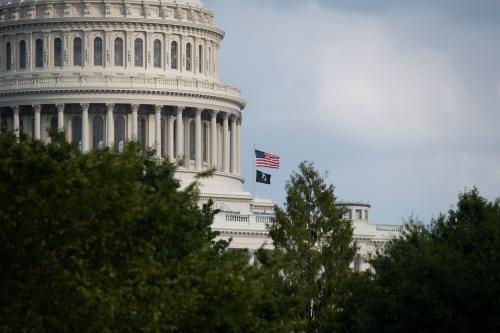
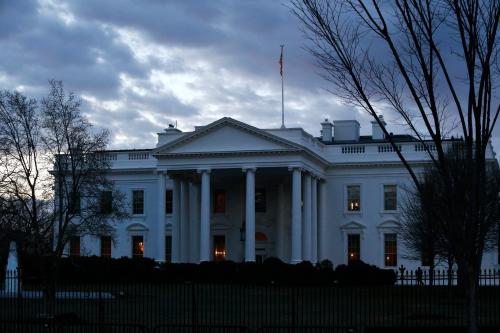

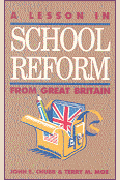




Commentary
Confirming Team Trump: Mulvaney and managing the federal government
January 24, 2017